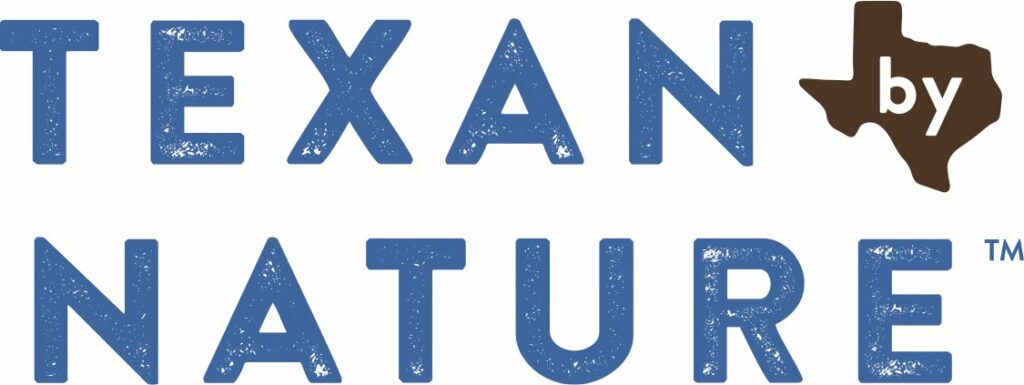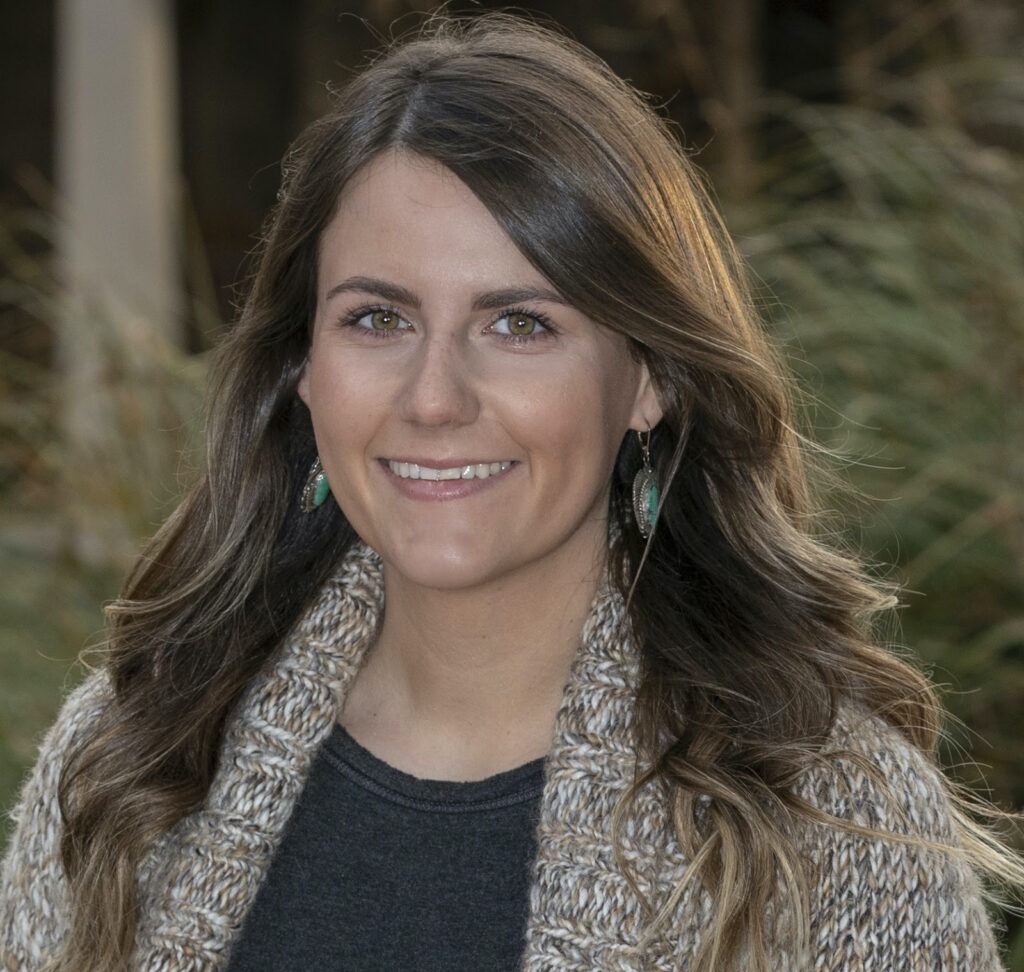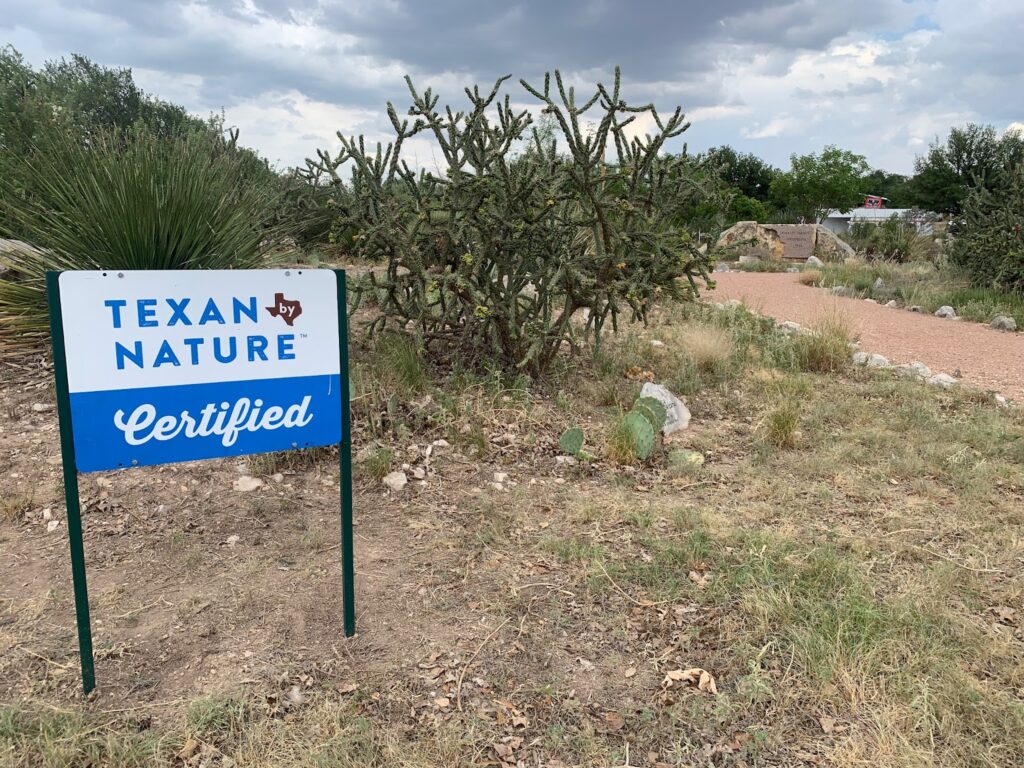Welcome to the Western Collaborative Conservation Network’s profile series “Collaboratives Behind-the-Scenes.” This series features Q&As with different conservation organizations to provide a view into what it takes to run a collaborative organization from challenges faced in building partnerships to tips for budding organizations. Whether you’re already running a collaborative and are looking to increase your efficiency or are thinking of starting a collaborative but want to know more about what you’re getting into, we hope you find this series insightful.

Texan by Nature (TxN) is a 501(c)3 founded in 2011 by Laura Bush with the mission to “bring conservation and business together, amplify projects, and activate new investment in conservation which returns real benefits for people, prosperity, and natural resources.”
TxN does this by:

- Connecting people and projects with resources and facilitating innovative investments and research in Texan-led conservation,
- Communicating the importance and impact of Texan-led conservation through storytelling, and
- Catalyzing resources to support exciting conservation projects in their most critical stages of development.
We had the pleasure of speaking with Texan by Nature’s Program Director, Taylor Keys (pictured right), who gave us insight on what it’s like to develop partnerships and work as a mediator between the realms of corporations and conservation organizations.
Note: This conversation has been edited for clarity and length.
How did Texan by Nature get started and how did you get involved?
Texan by Nature got started back in 2011. Our founder is former First Lady Laura Bush. She and some of her childhood friends from Texas are deeply passionate about the outdoors and conservation. After the Bushes returned to Texas from the White House, Laura and her friends wanted to figure out a way to give back to this state that had given so much to them. Texan by Nature was born!
The organization was formed with the recognition that there’s a lot going on in Texas: we’re leading the way in industries from energy to health to technology, etc. And, Texas is a huge place with diverse natural resources and numerous conservation organizations. Our founder recognized the gap between these industry and conservation groups and filled it. We advance conservation by acting as a strategic partner to business and as an accelerator for conservation groups. We play matchmaker in that space and promote collaboration through breaking down silos that have been created over time.
I got involved in 2016. I was in college for Wildlife Biology and I saw an internship posting, so I started as an intern and in 2018, I came in full-time. I am now a Program Director and oversee all of our programmatic areas and support our program managers on staff that deliver our programs.
What is the organizational mission of Texan by Nature and what kinds of projects have you done within the last year to work towards that mission?
Our mission is to advance conservation and we do this by acting as a strategic partner to business and as an accelerator for conservation by bringing those two groups together. A recent project that we’ve been working on for the past two years is the Texas Water Action Collaborative.
In 2021, TxN was approached by Tarrant Regional Water District and the Natural Resources Conservation Service who had been working on conservation projects with a few companies on projects in the Dallas-Fort Worth region. Some of the companies are involved in the California Water Action Collaborative and wanted to explore if something similar would work in Texas. This was in line with what Texan by Nature does and what our organization is uniquely suited to do, so the work began and TxWAC was piloted in the upper Trinity River Basin in 2021, expanded to the lower Trinity River Basin in 2022, and we have plans for statewide expansion in 2023. We developed a methodology to survey and score conservation organization’s projects that need funding and survey corporations to create customized matching and accelerate investments in conservation projects.
We have many tentative funding commitments in the pipeline as we close out 2022 and are excited for what 2023 has in store. Our duties include coordinating meetings, helping answer questions, and pushing conservation organizations to articulate their projects in a way that makes sense to companies, outlining the impact and the duration of benefits, and much more. To date, the results of the Texas Water Action Collaborative have been over 2 million dollars in matching funds which is super exciting, plus feedback from companies has been really positive!
How is TxN structured?
Texan by Nature is a formal NGO. We have 6 full time staff, some contracted employees, and interns. We are a service organization; everything we do is working to support the 150+ conservation NGOs in Texas and we act as a facilitator to build capacity.

We have a small but mighty team. We work to cultivate staff who think through a strategic lens to support conservation organizations and businesses across Texas. Our capacity planning informs how our organization is structured: we look at our purview for the future and our goals, and that determines our plan for capacity and our budget.
We have a traditional Board of Directors that provides technical support and guidance. Many of our directors represent Texas private lands, industry, and healthcare. We also have an Advisory Council made up of folks who are typically a bit earlier in their careers. They help to connect us to industry partners and keep us well-informed in spaces where we don’t usually operate, such as policy. Since Texas is such a diverse place, we are continually looking to diversify our Board of Directors and Texan by Nature ambassadors to ensure that different industries, ethnicities, and communities are represented to best serve the people with whom we work.
My advice for new collaboratives is if you have a board of some kind, organize them to be able to lean on those partners and their expertise, collaborate, and have a give-and-take relationship. It’s essential to make sure it’s easy for them to participate: sending direct questions and outlining exactly how they can get involved and support your mission.
In terms of funding, we are a little unique. We don’t often develop on-the-ground projects of our own such as wetland or habitat rehabilitation. Rather, we support our conservation partners doing those kinds of projects by providing tailored support, connections, and resources at no cost to our partners. We work closely with funders from the industry and philanthropy sectors to underwrite the work that we do.

We work with companies across Texas through TxWAC and on customized projects through our Business Member program to get involved in conservation projects to meet their Environment Social Governance (ESG) goals. We act as the intermediate point and pair those companies with conservation partners and projects which align with their ESG goals while accelerating conservation projects across the state.
What kind of services do you provide to conservation groups?
We partner with over 120 conservation organizations which range from NGOs, volunteer-run organizations, government groups such as Texas Parks and Wildlife, and more. The services that we provide range as well. For example, marketing is typically at the bottom of the to-do list for partners who are lacking capacity, so we have developed resources and templates to make it easier for folks to advertise their events, schedule and plan social media, track their digital analytics, et cetera.
We also meet with and survey our partners to better understand their organizational gaps and then develop resources, increase storytelling efforts, and create fundraising opportunities to address those missing pieces. Overall, TxN acts as a sounding board– we listen to what our partners need and develop refined resources to serve them.

Additionally, we have programs that offer recognition and tailored strategic support. One is the Texan by Nature Certification. Conservation organizations can apply at any time and the program allows them to be highlighted on our website, social media channels, shared within networks, and act as models for other groups to learn from. Our Conservation Wrangler program is also application based. For this program, we select up to 6 projects/programs per year to provide 18-months of strategic and tailored support to accelerate the organization’s goals. Applications are open for the Wrangler program and due January 31, 2023. Contact Texan by Nature if you are interested in applying!
No matter what avenue we are working with our partners, we recognize that we are not experts in any given topic. We are here to support and we lean on our conservation partners to bring that expertise and help accelerate conversation and awareness in Texas.
How do you get stakeholders involved in your work? What works and what doesn’t?
We have learned a lot about this over time and of course it depends on the industry with whom we are working. First, you have to identify the right contact at the company who is going to help you get to the conversations you need to have. We always tell our partners to be patient and that these connections can take a long time. You have to be persistent to build lasting, fruitful relationships
In all of our work, we do a lot of listening, being flexible and respectful, and understanding that the things we want companies to do are typically not their day job. So, we try to make it as easy as possible, while also being respectful of their time and using a carrot-approach. We don’t want to go poking sticks at people, we want to focus on the good work that is being done and that can be done; we try to understand their operations and supply chain to think strategically about how to weave conservation and sustainability into their existing structure. We use our network of partners to fill gaps, be innovative, and grow gradually over time.

Another thing is that Texans are competitive. You know the whole attitude of “Hey, Texas is big and great and we want to be the biggest and the best!” We developed a program, the Texan by Nature 20 (TxN 20) that recognizes companies from twelve different industries in Texas and it’s always a competition when companies see what their peers are doing. Through all of our programs we highlight excellent conservation projects and practices from others to learn from and recreate – this method works very well in inspiring action.
Most importantly, working with any group, you have to have positive communications, consistent follow up, recognize that our priorities may not be the same as our partners’, and give the big picture.
Which past partnerships or experiences are you really proud of?
One partnership that I’ll touch on is a state-wide initiative called Lights Out Texas, which is a program that encourages people to turn out the lights at night to protect migratory birds. The program got started in Houston in 2017 after a terrible bird collision event in Galveston in which hundreds of birds died. When buildings and structures are lit up at night, the glass is highly reflective and disorienting to the birds, which can lead to fatal collisions with the buildings. It’s a big issue in Texas since we’re in the Central Migratory Flyway, billions of birds migrate through our state every year.
In 2021, we collaborated with the local groups and developed standardized messaging, resources, volunteer guides, you name it, and then launched a Lights Out Texas statewide campaign.
It’s a great example of what we do. There was a need to address a state-wide conservation issue and we were uniquely positioned to bring all parties together. It was a great success to get businesses, cities, mayors, and individuals committed to turning off lights at night for the birds, passing ordinances, and issuing proclamations.
This fall we transitioned Lights Out Texas to Audubon Texas. It was so exciting to take something local, develop it to become statewide, and then transition it to a rightful owner to build upon.
How do you evaluate and measure partnership success and then share those stories?
Internally, we set yearly goals around our programs and fundraising that align with the outlook in our strategic plan. Throughout the year, we measure success against delivering on these goals, most of which involve engagement with organizations and businesses that are involved in our programs. We survey our partners on a regular basis to evaluate success as well and to determine gaps, areas for improvement, etc.
Through all the work that we do, we focus and work on/with science-based projects and reporting overall impact for people, prosperity, and natural resources. We track this both internally and externally on our website, annual reports, share in partner meetings, etc. to articulate our impact. We also report the impact of our annual Conservation Summit (see 2022 results), where we bring over 600 Texas leaders in-person and virtually, to engage in rich impact focused dialogue and networking exploring the beneficial connection between conservation and business.
Reporting impact through data-based metrics is something that is often a gap when it comes to reporting results across conservation organizations. For any conservation group, it’s crucial to clearly identify the impact that you’re making, not only to tell the story, but to build the case for why it’s important to invest in or be involved. We call this our Return on Conservation. An example of this is our efforts to align local conservation impact to international standards, the UN Sustainable Develop Goals. This effort bridges the reporting gap between conservation and industry. Investing in-the ground, local conservation efforts is a valuable asset for companies to meet their environmental goals and local conservation efforts can act as a global model. For the report cards, we used the UN SDG as the international framework, a standard used by many businesses and a middle ground where conservation and business can easily speak the same language. This helps projects clearly articulate their impact to more easily make the business case for why someone should invest in their project. Someone at a company could sit down and quickly review the report card and say, we have UN SDG goals around x,y,z which is described on the card for example – this seems like a good fit.
Being metrics-based is so important because you need to weave that data into your story. You can have a great, feel-good story but it’s essential to have the underlying supporting metrics. Additional examples of ways that we share stories is through videos and story maps that we create for our Conservation Wranglers. Video and images, paired with data and maps, paint 1,000 words! See how we helped tell the story of Matagorda Bay Rookery Island Conservation through a StoryMap and how we told the story of a statewide water campaign, Texas Runs on Water, through a video.
What are your tips for collaborative conservation groups who are just starting out?
Listen, be curious, show respect and transparency, and ask questions to understand– you have to put yourself in the shoes of who you’re trying to help so you can best support them. In a collaborative it’s so important to lean on the expertise that each partner brings to the table and really try to break down silos to work together.
Having a clear goal is crucial. I see organizations get stuck circling around something without a clear direction or end goal and often leads to wasted time, money, and opportunities. You have to have a clear goal and expectations, outlined responsibilities, a timeline, and strategies for execution and evaluation.
Something that we see a lot from conservation organizations is that oftentimes NGOs are understaffed and underfunded with employees who are passionate and visionary. But unfortunately we see a lot of organizations trying to do way too much. You have to hone in. Recognize what the organization does best, do those few things really well, and then build partnerships and funding momentum. After that you can add on those extra layers of programs and projects as you grow.
Lastly, it seems so simple, but you have to have a plan. Make it easier on yourself. Creating a plan can be difficult and takes a lot of time upfront but once you get it done, even if you get abducted by aliens, the program will continue to run without you.

